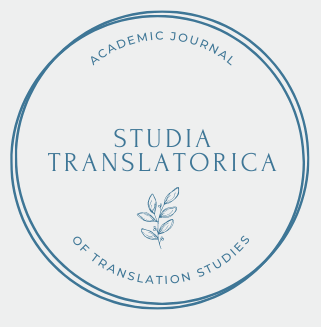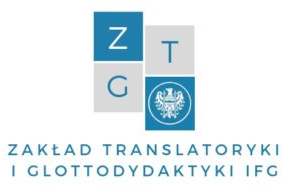Reakcja polskich czytelników na holenderskie elementy kulturowe w polskim przekładzie thrillera „De reünie” [„Zjazd szkolny”] autorstwa Simone van der Vlugt / Response of Polish readers to the Dutch culture-specific items in the Polish translation of the thriller “De reünie” by Simone van der Vlugt
DOI: 10.23817/strans.14-12 (data publikacji online: 2024-01-20)
Data przesłania artykułu do redakcji: 2023-02-23
Data przyjęcia artykułu do druku: 2023-06-22
Słowa kluczowe: culture-specific items, literary translation, reader-response, survey, translation strategies and techniques, skills and competence of translator
The subject matter of this article is the Dutch culture-specific items (CSIs) in the Polish translation of the thriller “De reünie” by Simone van der Vlugt. The first aim of this article is to study the response of Polish readers to the Dutch culture-specific items and translation techniques concerning these CSIs in the Polish translation of “De reünie” by Simone van der Vlugt. The second aim is to compare the opinions of the interviewed readers to the opinions expressed in the master’s thesis of the author of this article. Such research can be helpful for current and future translators because they can learn about preferences and expectations of readers. The research was conducted by the use of an online survey. Among interviewees were people aged 19–67, who have studied Dutch philology, current students of Dutch philology and people who have not studied Dutch philology. The level of their knowledge of the Dutch language and the Dutch culture and reality was diverse. The survey has consisted of the analysis of eight fragments of the Polish translation of “De reünie” in which the Dutch culturespecific items occur and in respect of which different translation techniques have been used. The study has shown that readers enjoy reading translations in which culture-specific items in their original forms occur, provided that translators supply them, especially those less familiar, with extra information. That enables readers to create an appropriate image of a given culture-specific item and thereby better understand a text. The study has also shown that translators should not too often avoid adding footnotes because they form a precious source of information for readers. The comprehensive information in a footnote is often more important for readers than the length of a footnote. Moreover, the answers of the interviewees have shown that even on the basis of short fragments of a text readers can learn something new about the culture and reality of another land. However, the discussed issue is extensive and this study can undoubtedly be broadened with some aspects.


